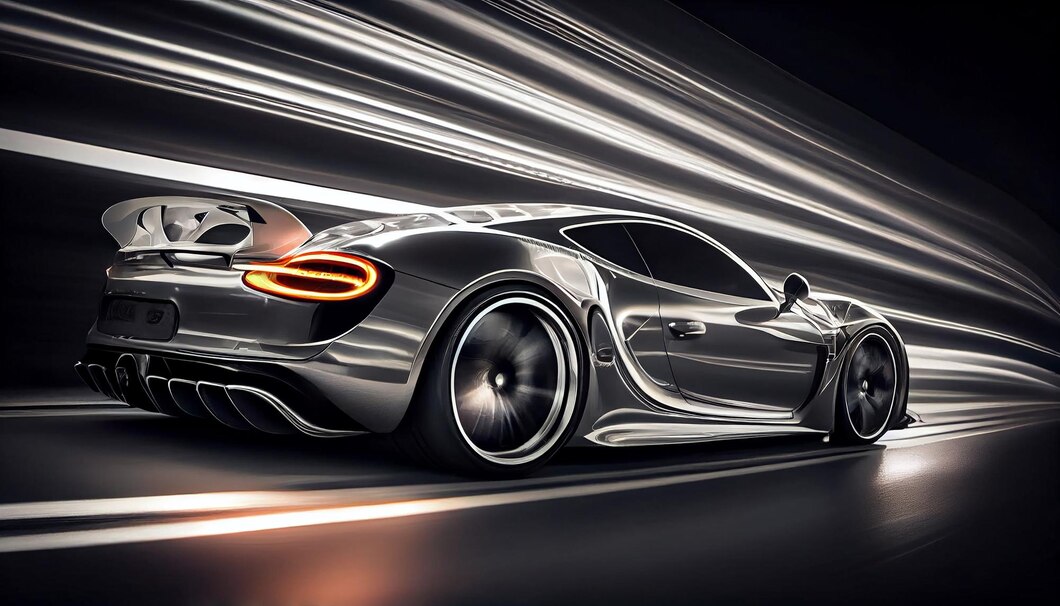In the world of automobiles, design is not merely an aesthetic consideration but a fundamental aspect that shapes the identity, functionality, and success of a vehicle. From iconic silhouettes to cutting-edge technologies, car design plays a pivotal role in shaping the automotive industry and driving innovation forward. Let’s delve into the multifaceted role of car design and its impact on the evolution of the automotive landscape:
1. Establishing Brand Identity:
Car design serves as a visual representation of a brand’s identity and values. Iconic design elements, such as the kidney grille of a BMW or the round headlights of a Volkswagen Beetle, instantly evoke a sense of brand recognition and heritage. Design consistency across a brand’s lineup creates cohesion and strengthens brand loyalty among consumers.
2. Enhancing Performance and Efficiency:
Design influences not only the appearance of a vehicle but also its aerodynamics, weight distribution, and overall performance. Sleek, aerodynamic shapes reduce drag and improve fuel efficiency, while strategic placement of components optimizes handling and stability. Design innovations, such as lightweight materials and advanced engineering techniques, contribute to greater performance and efficiency across the industry.
3. Fostering Innovation and Creativity:
Car design is a dynamic field that thrives on innovation and creativity. Designers continuously push the boundaries of what is possible, exploring new materials, technologies, and manufacturing processes to create vehicles that are safer, more efficient, and more environmentally friendly. Concepts and prototypes showcase futuristic visions that inspire industry-wide advancements and drive progress in automotive design and engineering.
4. Meeting Consumer Preferences and Trends:
Design trends evolve over time, reflecting changes in consumer preferences, lifestyle choices, and societal values. From the rise of SUVs and crossovers to the growing demand for electric vehicles, design adapts to meet the needs and desires of today’s consumers. Customization options and personalization programs allow buyers to tailor their vehicles to reflect their individual tastes and lifestyles, further emphasizing the importance of design in consumer decision-making.
5. Shaping the Future of Mobility:
As the automotive industry undergoes a transformative shift towards electrification, autonomy, and connectivity, design plays a crucial role in shaping the future of mobility. Electric vehicles offer new design possibilities with simplified drivetrains and innovative packaging, while autonomous technologies reimagine the interior space for enhanced comfort and convenience. Connectivity features integrate seamlessly with the vehicle’s design, creating a cohesive and intuitive user experience.
In conclusion, car design is a multifaceted discipline that extends far beyond aesthetics, influencing every aspect of the automotive industry. From establishing brand identity to fostering innovation and shaping the future of mobility, design serves as a driving force that propels the industry forward. As the automotive landscape continues to evolve, design will remain at the forefront, guiding the industry towards new horizons of creativity, functionality, and sustainability.











